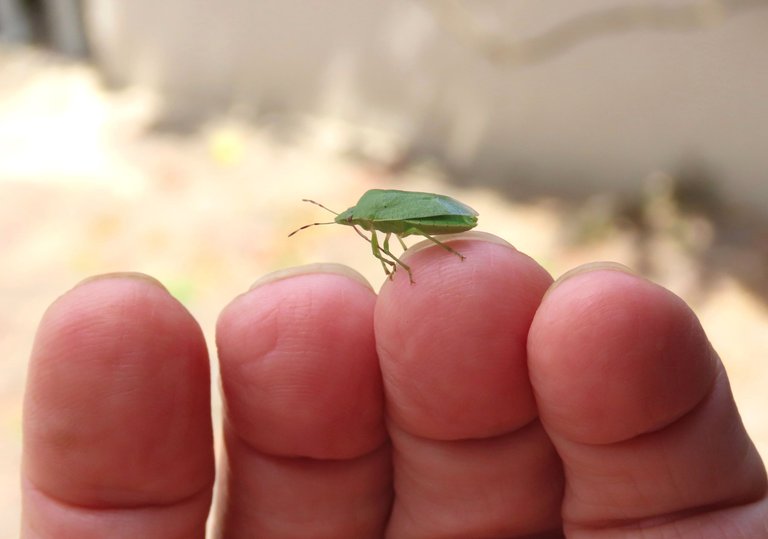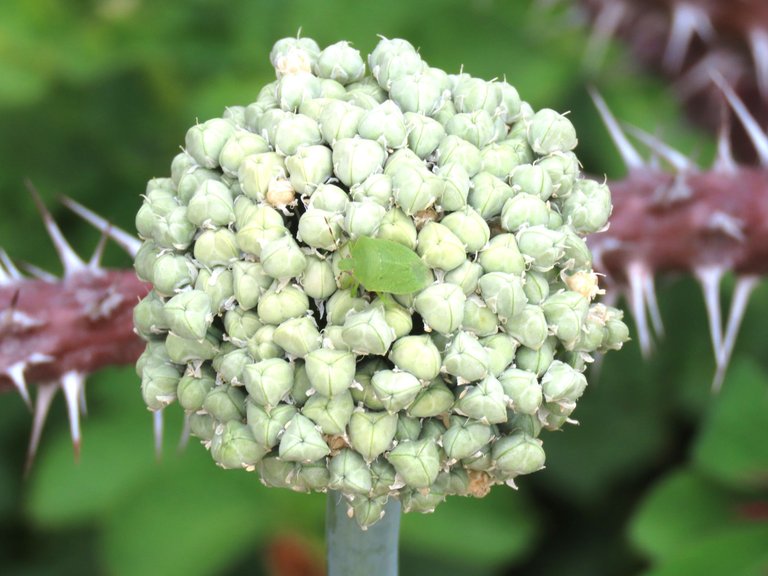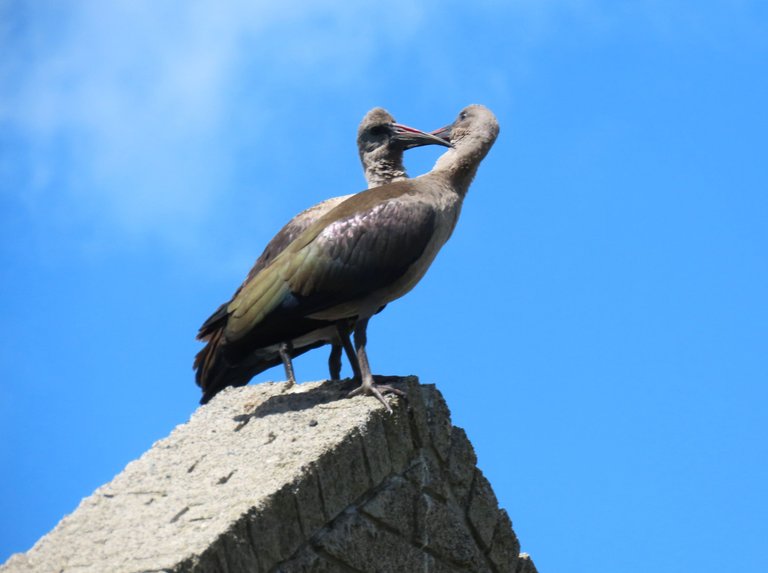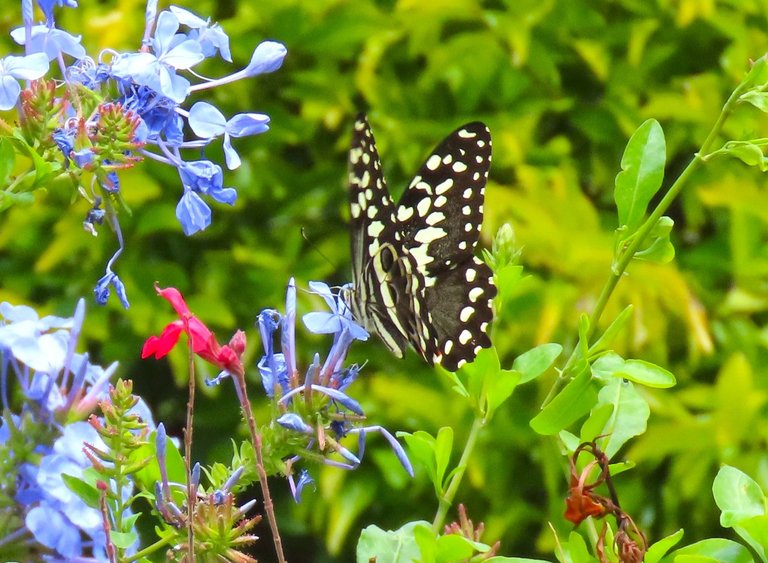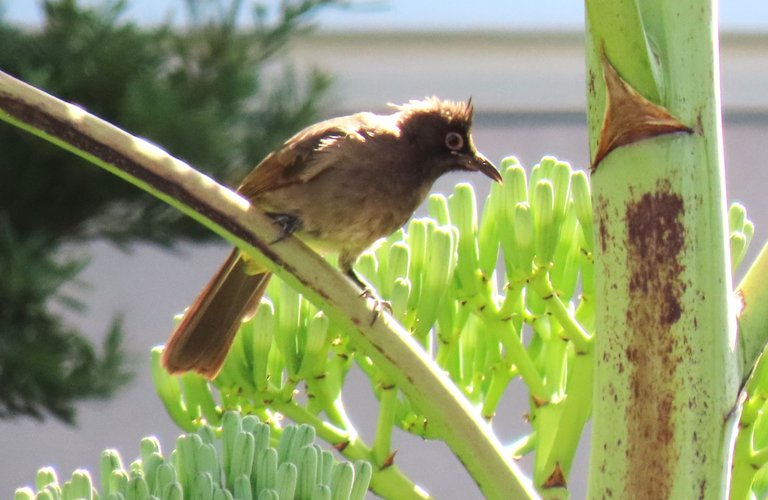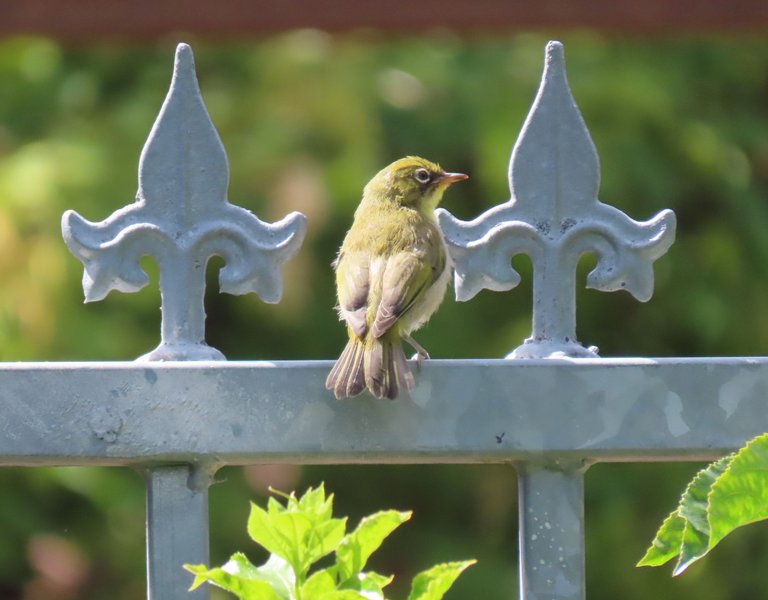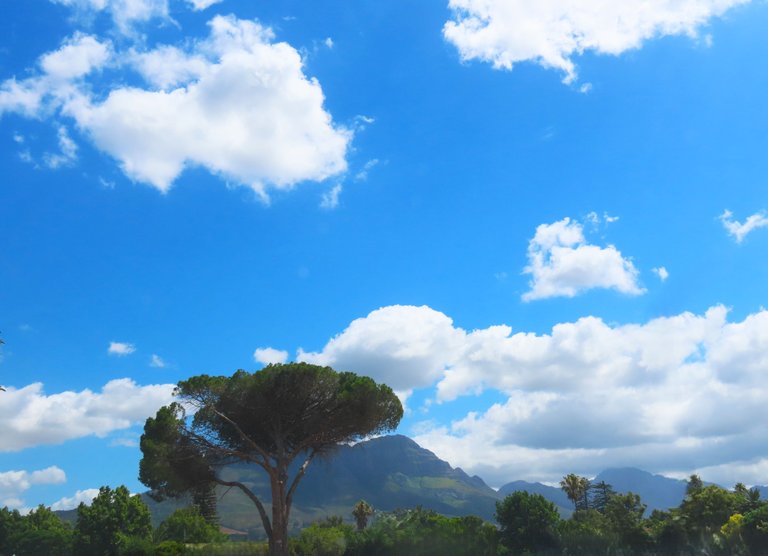First up was this little client that I found on our onion flowers.
I will also show you birds and a butterfly.
Once outside, if one looks with a keen eye, there will always be some form of wildlife. All of the species from insects to eagles, and from crocodiles to elephants. This reminds me that we will soon have to embark on a trip to one of the nature reserves where the big five can be seen, but what is the big five? Cape Buffalo, African Lions, Rhinos, African Elephant, and African Leopard.
Fortunately, at this stage of the fight, there are still some alive, but with all the poaching that is going on in the country we fear that some of these will become extinct in the future. Especially the Rhinos, that are in trouble, as hundreds of them are being killed for their horns. Hopefully, the poaching can be stopped at some stage by the law, but it is a difficult task due to patrolling the very large nature reserves at night.
Come and see what I have for you today.
This was where I found the shield bug on an onion flower in our front garden.
The Hadeda Ibis couple will be nesting soon. This is what they call foreplay. Lol.
Just a citrus swallowtail butterfly on some flowers.
This Cape Bubul youngster below sat on the branch of a centenary cactus across the road from our house.
And this baby Cape White-eye sat watching me on our garden fence.
This is the land of abundance when it comes to wildlife, and we hope and pray that it will continue to be so for the future generations' sake.
And there you have it. Just a mix of unpublished photos taken on the day, and I tried to give you an idea of what can be seen at any time over here. There is also South Africa's little five. These are the Elephant Shrew, Ant Lion, Rhinoceros Beetle, Red-billed Buffalo Weaver, and the Leopard Tortoise. As you might know, I have no distinction between the big five or the small five, as I am fond of all of them and so much else that are not listed here.
The fauna and flora in the country is known worldwide due to all of the changes in the landscapes. From dry up north to wet down south, one can see the changes of the species that are resident in the separate areas. For instance, a specie in one area will not be found in any of the other areas, and depending on the distance, as this is a big country, some species will change color between the north and the south. A robin bird up north will have slightly different colors to the robin bird down south, and so on.
And such is life.
I hope you enjoyed the pictures and the story.
Photos by Zac Smith-All Rights Reserved.
Camera: Canon PowershotSX70HS Bridge camera.
Thank you kindly for supporting this post.
